Introduction
Nestled in the heart of Yunnan Province, China, lies the picturesque city of Dali, a place where azure lakes mirror snow-capped mountains and ancient traditions blend with vibrant culture. Among its many culinary treasures, the Sour and Spicy Crucian Carp stands as a testament to the region’s gastronomic ingenuity. This dish, with its tantalizing balance of tanginess, heat, and umami, has captivated palates for centuries, earning its place as a beloved staple in Dali’s cuisine. Whether served at bustling night markets or family banquets, this recipe embodies the essence of Yunnan’s landscape—bold, nuanced, and unforgettably delicious. In this article, we will unravel the secrets behind crafting this iconic dish, from selecting the freshest ingredients to mastering the delicate dance of flavors that define Dali’s culinary heritage.
The Philosophy Behind the Dish
Dali’s cuisine is deeply rooted in the principles of harmony and contrast. The Sour and Spicy Crucian Carp exemplifies this philosophy, marrying the bright acidity of pickled vegetables with the fiery kick of chili peppers, all while highlighting the delicate sweetness of freshwater fish. The dish is more than a meal; it is a reflection of Dali’s geography. The Erhai Lake, a shimmering expanse that cradles the city, provides the plump crucian carp, while the surrounding terraced fields yield the pickled mustard greens and chili peppers that form the dish’s soul. Together, these elements create a symphony of flavors that is both grounding and exhilarating.
Ingredients: The Foundation of Flavor
To recreate this dish authentically, one must begin with meticulously sourced ingredients. Here’s a breakdown of the key components:

-
The Star: Fresh Crucian Carp
- Opt for live crucian carp (500–600 grams each), known for their tender flesh and mild, earthy flavor. If unavailable, substitute with freshwater carp or trout.
- Scale, gut, and clean the fish thoroughly, leaving the head and tail intact for presentation.
-
The Sour Element: Pickled Mustard Greens
- Use aged pickled mustard greens (suan cai), which lend a fermented tanginess. Rinse briefly to mellow the saltiness before chopping.
-
The Spice: Chili Peppers and Sichuan Peppercorns
Dried red chili peppers (10–15, depending on heat preference) and Sichuan peppercorns (1 tablespoon) provide the dish’s signature numbing heat.
-
Aromatics and Base Flavors
- Fresh garlic (8 cloves, minced), ginger (1-inch piece, julienned), and green onions (3 stalks, sliced into 2-inch segments) form the aromatic backbone.
- Fermented bean paste (doubanjiang, 2 tablespoons) adds depth and complexity.
-
Liquid Components
- Chicken or fish stock (500ml) serves as the braising liquid.
- Light soy sauce (2 tablespoons), black vinegar (3 tablespoons), and a pinch of sugar balance the flavors.
-
Thickening Agent
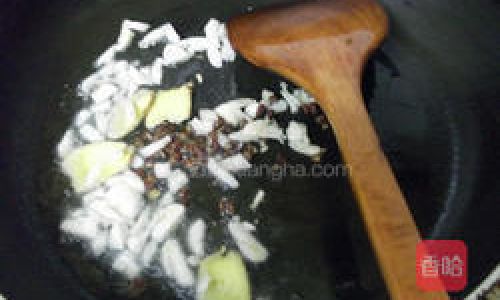
Cornstarch (1 tablespoon) mixed with water creates a glossy sauce.
-
Oil and Garnish
- Peanut or vegetable oil (½ cup) for frying.
- Fresh cilantro, sesame seeds, and sliced chili for garnish.
Preparation: The Ritual of Readiness
Before igniting the stove, preparation is key. This phase transforms raw ingredients into a cohesive canvas ready for culinary alchemy.
-
Cleaning and Marinating the Fish
- After scaling and gutting, make three shallow diagonal slashes on each side of the fish to ensure even cooking.
- Marinate the fish in a mixture of 1 tablespoon light soy sauce, 1 teaspoon salt, and 1 tablespoon rice wine for 15 minutes. This step tenderizes the flesh and infuses it with subtle seasoning.
-
Chopping and Prepping Vegetables
- Finely chop the pickled mustard greens, ensuring uniformity for consistent texture.
- Slice the garlic, ginger, and green onions, keeping them separate to control flavor release during cooking.
-
Toasting Spices
In a dry pan, lightly toast Sichuan peppercorns over low heat until fragrant. Grind coarsely to unlock their citrusy, tingling aroma.
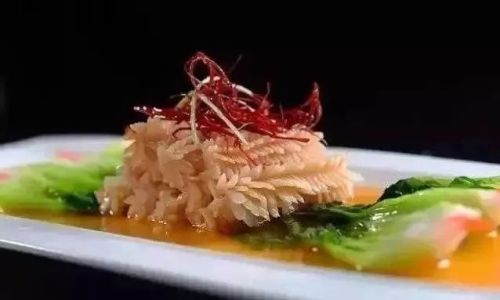
Cooking Process: The Alchemy of Heat and Time
The true magic unfolds in the cooking process, a carefully orchestrated sequence of frying, simmering, and finishing.
-
Pan-Frying the Fish
- Heat peanut oil in a wok until shimmering. Gently slide the marinated fish into the oil, skin-side down. Fry for 4–5 minutes per side until golden and crisp. This step seals in juices and imparts a caramelized richness.
- Remove the fish and drain on paper towels. Reserve 2 tablespoons of oil for the sauce.
-
Crafting the Sour-Spicy Base
- In the same wok, reheat the reserved oil over medium heat. Sauté garlic, ginger, and half the green onions until fragrant (30 seconds).
- Add fermented bean paste and stir-fry for 1 minute to release its umami depth.
- Toss in dried chilies and toasted Sichuan peppercorns, stirring constantly to prevent burning. The kitchen will fill with an intoxicating aroma—a prelude to the flavors to come.
-
Braising the Fish in Aromatic Broth
- Pour in the chicken stock, followed by black vinegar, soy sauce, and sugar. Stir to combine, then nestle the fried fish into the simmering liquid.
- Add the pickled mustard greens, ensuring they are submerged. Cover the wok and simmer gently for 10–12 minutes, allowing the fish to absorb the braising liquid’s complexity.
-
Thickening and Finishing
- Gently transfer the fish to a serving platter. Increase the heat to reduce the sauce by half.
- Stir the cornstarch slurry into the simmering liquid, whisking until glossy. Pour the sauce over the fish, coating it generously.
- Garnish with remaining green onions, cilantro, sesame seeds, and fresh chili slices for a burst of color.
Serving Suggestions: Elevating the Experience
The Sour and Spicy Crucian Carp is traditionally served family-style, inviting diners to savor its layers of flavor. Pair it with:
- Steamed Jasmine Rice: To temper the dish’s intensity.
- Crispy Pancakes: For scooping up the saucy remnants.
- Chrysanthemum Tea: A floral, cooling beverage to balance the heat.
For a complete Yunnan feast, accompany the dish with Jianshui Purple Potato and Erkuai (glutinous rice cakes).
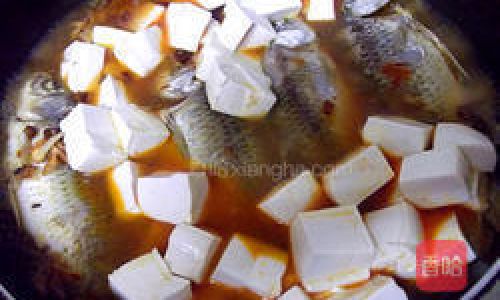
Cultural Significance: More Than a Meal
In Dali, this dish transcends mere sustenance. It is a centerpiece of festivals, weddings, and familial gatherings, symbolizing prosperity and unity. The act of sharing the fish—head to elders, tail to younger generations—reflects Confucian respect for hierarchy and tradition. Moreover, the dish’s balance of flavors mirrors the Bai minority’s philosophy of harmony in diversity, a principle woven into Dali’s cultural fabric.
Tips for Perfection
- Fish Selection: Smaller carp (500g) ensure tenderness; larger ones may become dry.
- Flavor Balance: Taste the braising liquid before thickening—adjust vinegar for acidity or sugar for sweetness.
- Frying Technique: Use a non-stick wok or adequate oil to prevent sticking.
- Presentation: Arrange the fish diagonally on the platter for visual drama.
Variations and Modern Twists
While purists uphold tradition, contemporary chefs experiment with:
- Vegetarian Adaptations: Substituting the fish with fried tofu or king oyster mushrooms.
- Gluten-Free Options: Using tamari instead of soy sauce.
- Spice Levels: Adjusting chili quantities or adding Sichuan pepper oil for extra numbness.
Health Benefits: Nourishment Beyond Flavor
Beyond its gustatory appeal, this dish offers nutritional merits:
- Crucian Carp: Rich in omega-3 fatty acids and protein.
- Pickled Vegetables: Probiotics from fermentation aid digestion.
- Chili Peppers: Capsaicin boosts metabolism and circulation.
- Ginger and Garlic: Antioxidant-rich allies for immune health.
Conclusion: A Taste of Dali’s Soul
The Sour and Spicy Crucian Carp is more than a recipe—it is a voyage through Yunnan’s culinary soul. From the crackle of sizzling fish in a wok to the final drizzle of tangy sauce, each step honors tradition while inviting innovation. Whether you’re a seasoned cook or a curious novice, this dish rewards patience and passion, offering a bite of Dali’s magic with every forkful. So, gather your ingredients, ignite the stove, and let the symphony of flavors transport you to the shores of Erhai Lake—where every meal is a celebration of life’s vibrant tapestry.
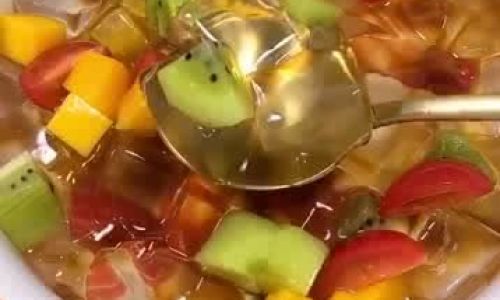
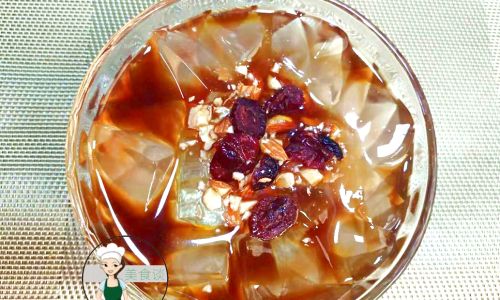

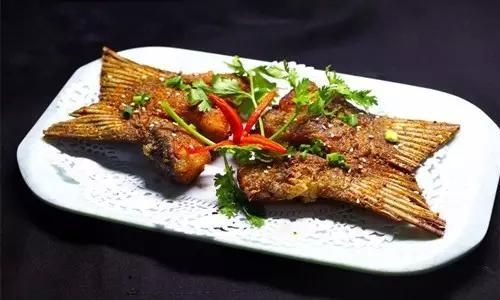
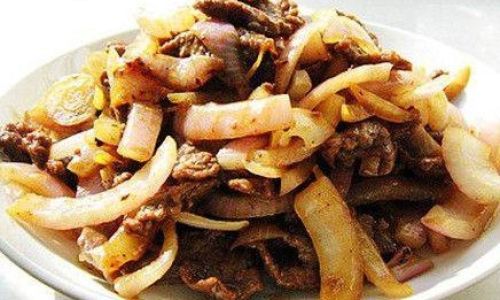
0 comments